A battery is a specific component of an electric bike as it relies on the battery for its maximum range. An ebike can cover a certain distance before it runs out of energy, which requires recharging.
The batteries used by the ebikes we sell here in our store (see list of ebikes available in our store) are from reputable brands such as Panasonic, LG, Bosch, etc. Choose an ebike carrying batteries from reliable brands to ensure that they perform as noted by manufacturers. Most knockoffs cannot reach half as much performance as the notable names in the industry, so you might need to change them when necessary.
Some users opt to carry a backup battery or a version with a higher capacity. Some may also choose an ebike with integrated batteries, while others may choose a detachable one. Whatever type of battery your bike might have, you can always maximize its range by making sure that it is traveling within its recommended conditions and is properly maintained.
EBike Batteries
Batteries in an ebike are lithium-ion batteries–this type of battery is present in electric cars, laptops, and smartphones. A lithium battery may come in as a single component or small battery cells tightly packed in a manner that fits in a bike without compromising its weight and the needed power. Most ebikes utilize a monitoring system for batteries to protect them and monitor their performance.
Performance Indicators of Batteries
-
High Energy Density
There is only a certain amount of energy that a battery can store, which is called energy density. It is energy per unit mass or energy per unit volume. High energy density denotes that it can store high amounts of energy, making a battery ideal for offering better range and usable capacity. -
Lightweight and Compact
Ebike batteries have small and lightweight design. Since ebikes are equipped with heavy components, using a lightweight battery helps lessen the total payload. -
Fast Charging
Ideal batteries charge up faster among other options and should be compatible with fast chargers. -
More Efficient
Chemical components of a battery can make them more efficient. Its efficiency must be evident in its smooth operation without power or voltage drop. -
Safety
Features like over-temperature or over-voltage protection protect the battery and help avoid untoward accidents.
Types of EBike Batteries
Although there has been a continuous effort in innovation due to the popularity of electric vehicles, there were only three staple types of batteries used in the ebike industry. These battery types are as follows:
- Lithium Ion Batteries
- Lead-Acid Batteries
- Nickel-Metal Hydride Batteries
- Nickel-Cadmium Batteries
Lithium Ion Batteries
A lithium-ion battery is a rechargeable battery that dominates the industry, so manufacturers usually prefer it. It has been popular for numerous reasons.
Advantages:
- High Energy Density
- Longevity
- Lightweight and Compact
- Recharge Faster
- More Efficient
- Safety
- Low Maintenance
Lead-Acid Batteries
The second most common battery for ebikes is the lead-acid battery. Ebikes generally use the “sealed” type or Sealed Lead-Acid (SLA) battery, which is encased to avoid leaks. Manufacturers barely use them since it is inferior to lithium-ion in weight and size. Some also claim they can reach up to 200 charging cycles, but often deteriorate by the 100th. Your battery still works, but the range decreases from there on out.
Advantages:
- Stable
- Inexpensive
- High-discharge Applications
- High Current Density
- Temperature Range
Nickel-Metal-Hydride Batteries
A Nickel-Metal-Hydride battery tends to leak less than other types. However, it has only half of the energy density of a li-ion, charges slowly, has a high degree of self-discharge, and has fewer charging cycles.
Advantages:
- Affordable
- High Energy Density
- Low Toxic
- Can Withstand Varying Temperature
Nickel-Cadmium Batteries
A Nickel-Cadmium battery withstands harsh environments, making it compatible with ebikes and even e-scooters. The downside is that the battery should be disposed of properly because it is toxic.
Advantages:
- Affordable
- High Power Density
- Temperature Range
- Recharges Faster
Factors Affecting EBike Battery Choice
The range varies when consuming a fully charged battery in different conditions. This phenomenon is due to differences in temperature, trails, wind speed, and the bicycle’s payload. Here are some factors you may want to check before buying a battery:
Battery Life
Consumers would be interested to know how long the batteries last. A battery has about 300 to 500 charge cycles before running out. Additionally, a monitoring system feature will protect the battery by avoiding abnormal conditions. You may also conduct good practice in storing, riding, and charging the ebike for its battery health.
Warranty-Ready
Once the battery stops working, communicate with the manufacturer to have it replaced if the battery is within warranty. If not, reach out to the manufacturer for assistance or hire a mechanic for replacement. The battery should be high quality, properly installed, and compatible.
Battery Integration
One factor in battery choice is its frame integration. The two types of battery integration are integrated and detachable. The integrated type is when the battery is protected inside the tubes of the frame. Meanwhile, a detachable battery is separable from the ebike.
Storage
Battery types have recommended storage conditions. If the batteries are usually exposed outside the upper and lower limits, the quality deteriorates regardless of the brand. They generally should be in a cool, dry, and well-ventilated place. You should also know where to keep it before making a purchase. If you have enough space, getting an ebike with an integrated battery would not be a problem. Otherwise, get a detachable type.
Weight
Ebikes with integrated batteries are lighter, while detachable types are heavier, which adds to the weight of the ebike.
Security
Batteries usually come with accessories such as housing with a lock, a key, and a mounting bracket.
Our Thoughts
This article is only a guide to help curious readers interested in getting an ebike. Nonetheless, the battery is only one of many aspects you should look at. You may still opt for an ebike you have been eyeing for a while due to its convenience, speed, power, or cost. If you have any more questions or are looking for recommendations, call us at (604) 728-8347, and the team would be happy to help.




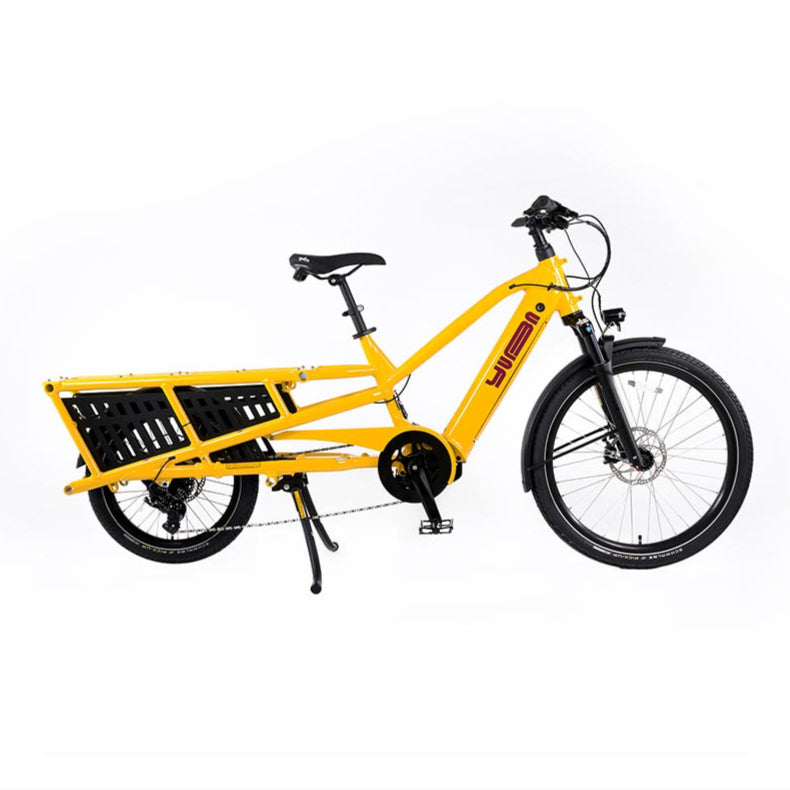

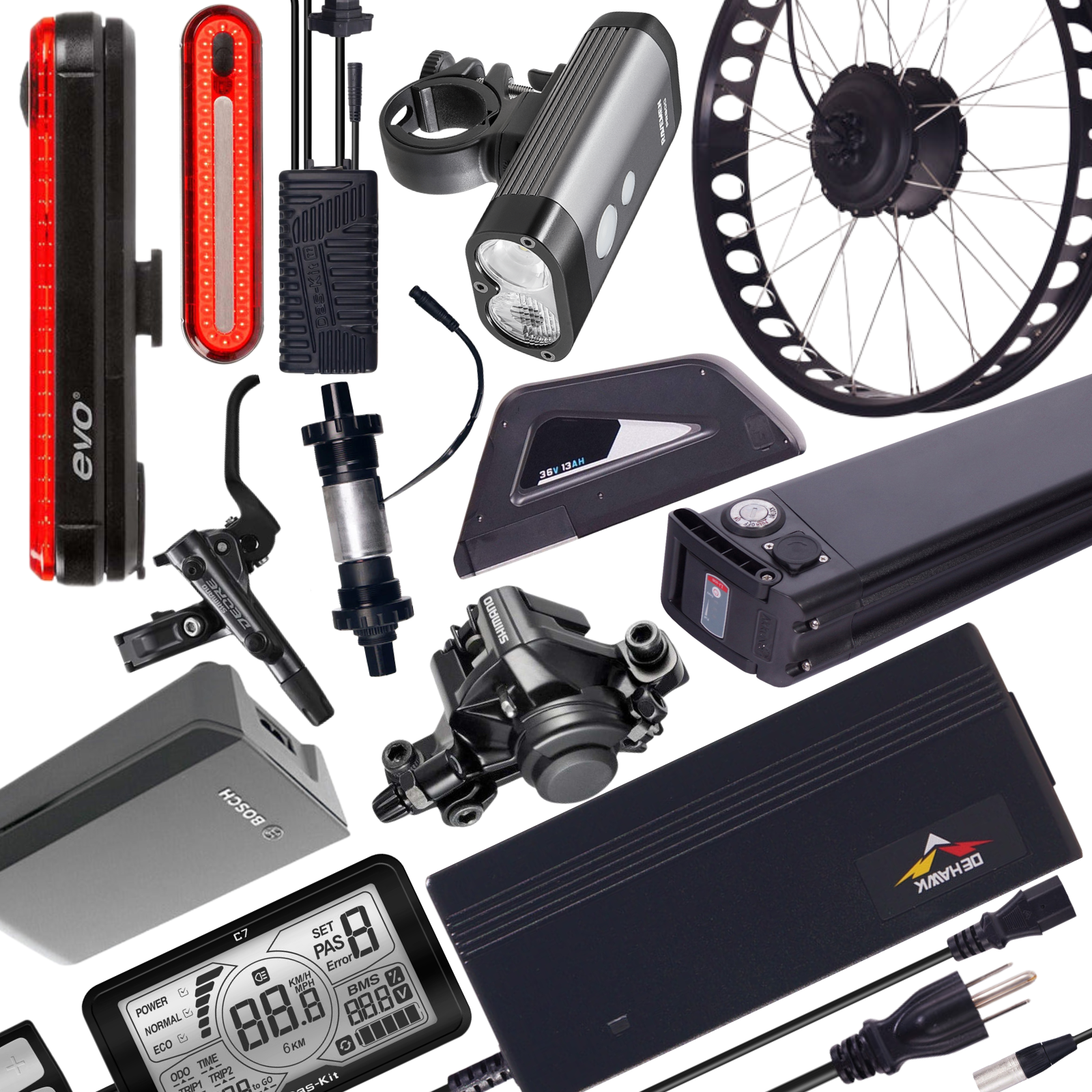








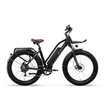





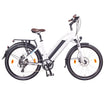
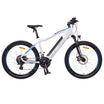
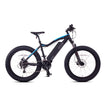





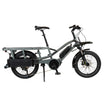

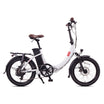


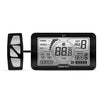

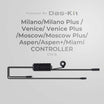



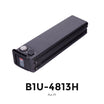


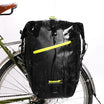
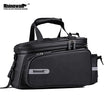




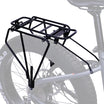
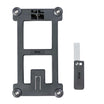

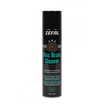
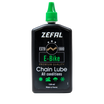
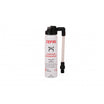
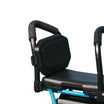

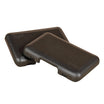


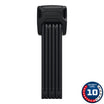
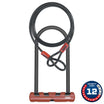
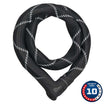
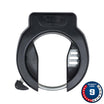
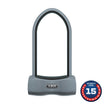
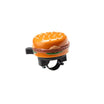
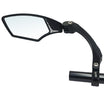
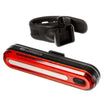
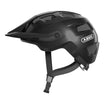



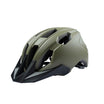
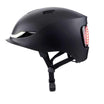
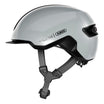
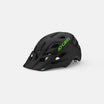
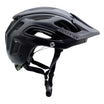

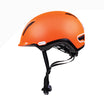
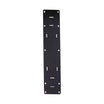
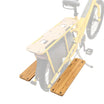
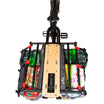

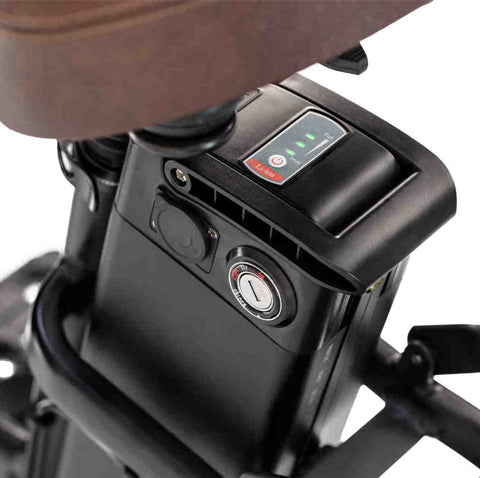

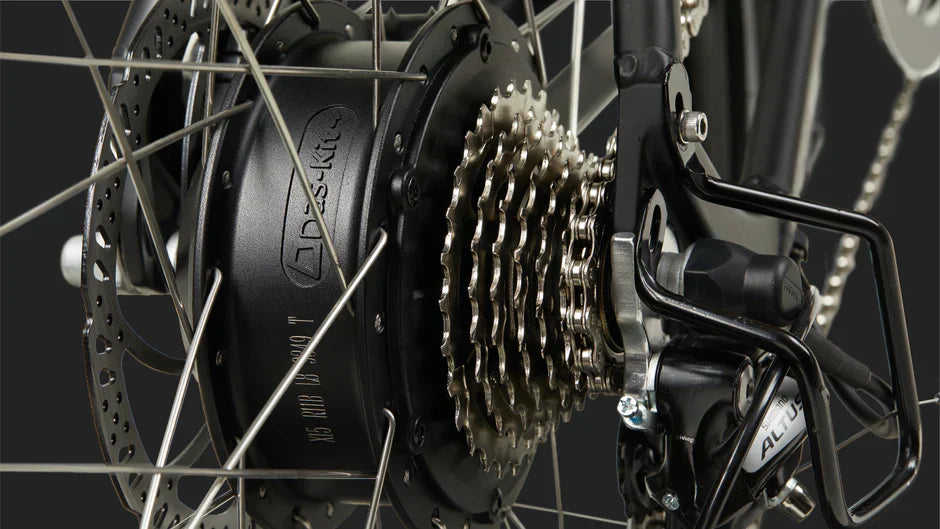


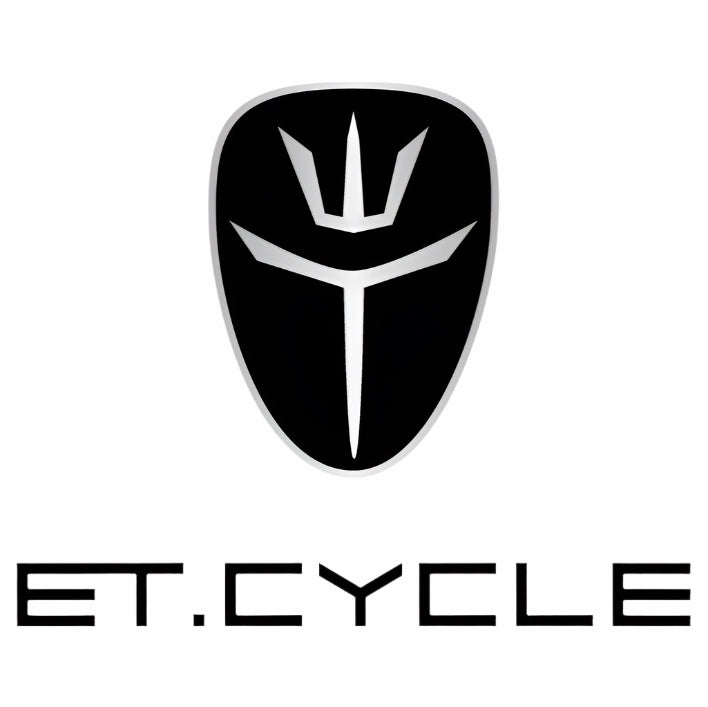







Leave a comment
This site is protected by hCaptcha and the hCaptcha Privacy Policy and Terms of Service apply.